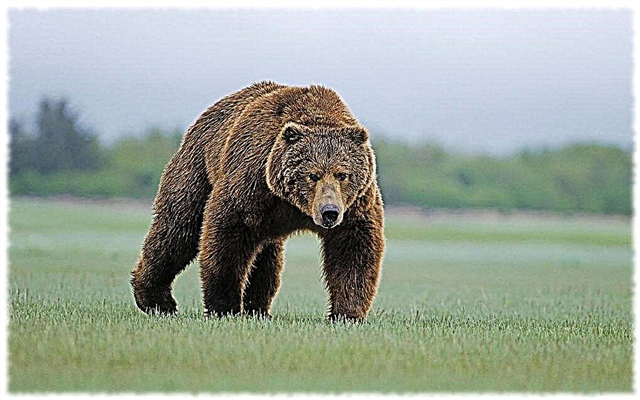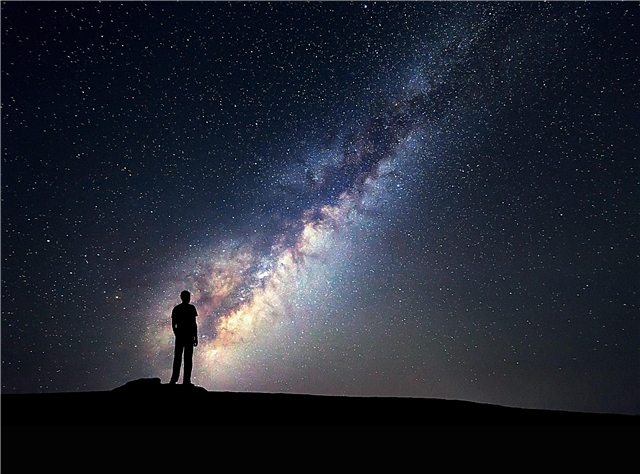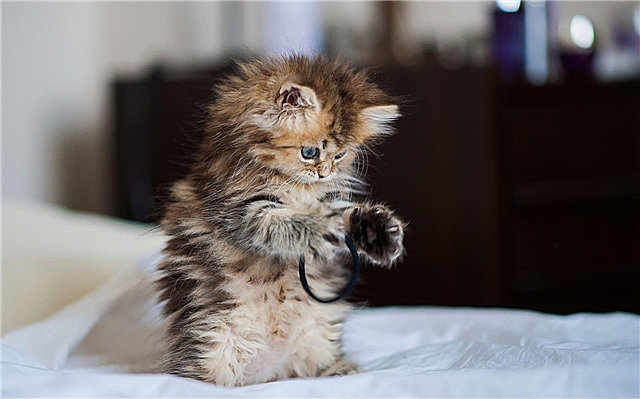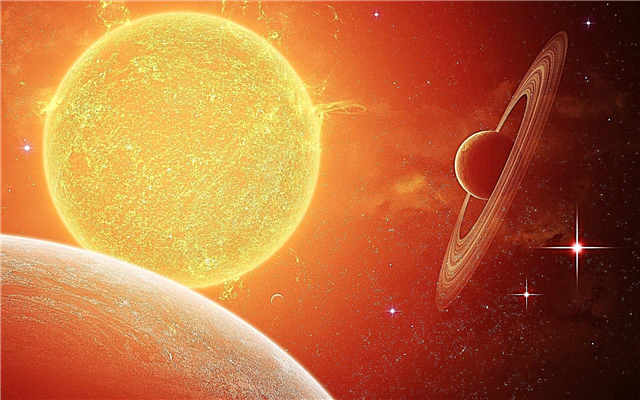
Man is used to transferring his type of thinking to animals. When it comes to predators and prey, the majority even subconsciously imagine two armies fighting each other.
Mankind has survived so many wars that war - a violent, uncompromising clash of two groups, sits on people subconscious. But the laws of war should not be directly transferred to wildlife. Everything is much more complicated here.
To begin with, the two militant armies seek to destroy each other. Uncompromisingly. Like two boxers, they go into a “clean field” and decide who will leave him. But the relationship between predator and prey is much more complicated than it seems at first glance.
To survive, a predator needs prey. He is not interested in destroying her. Otherwise - he will die of hunger. In practice, it is more likely that a predator will kill a predator than they will eat the last prey together. Similarly, prey needs a predator. Everyone knows from the biology course that if you remove wolf deer from the habitat, the deer themselves will suffer greatly. The reasons for this are also well known: the hackneyed phrase - the wolf, the forest nurse, speaks for itself. The predator destroys sick individuals, which prevents epizootics.

Destroys the weak, which contributes to the development of the species as a whole. Nobody proved this for sure, but who knows, maybe, from the point of view of survival, it is unprofitable to be invulnerable herbivore. We give a simple example. Take modern African buffalo.These are strong, strong animals, whose weight exceeds one ton. And they live in herds. Their main “enemy” (the fact of the matter is that they are not an enemy) is a lion. With all due respect to the strength of the lions, but if the buffaloes always drove them with the whole herd, they could never have lunch. If strong adult bulls would cover the young, and themselves would attack the lions with the whole herd, the latter would have no chance. This is remarkably shown in the captured frames.
Even if a lion would have knocked down one buffalo, others could easily repulse it. Why is this not happening? Buffalos simply give lions a chance: they often do not drive them, but run away themselves; caught relatives beat off, but disorganized and inefficient; and sometimes they stand still and wait. Natural selection is an extremely rational thing. If this behavior has taken hold in generations, then it is more rational. So those buffaloes that would not give the lions a chance would have less success. Perhaps the very first epizootic would have squandered them: they would not have allowed sick individuals to eat. What about the lions themselves that no one eats? Well, firstly, they, as the highest predators, do not live so crowded, epizootics are not so terrible for them. And secondly, how many deadly fights do they have ... Buffaloes, in any case, will not invent a vaccine or methods of genetic engineering. It is possible that they are profitable that they are eaten by lions.
So, predators need prey, and predators need prey. Everything is not so simple: both of them have to put up with each other, in some places winning, in some places forcedly losing. No particular buffalo wants to die.But for the sake of the common good, the population as a whole is beneficial to sacrifice it.
So, the relationship between predator and prey is not war. But, of course, during a joint evolution, prey adapts to resist the predator, you say. And there is a kind of arms race between a predator and prey. Is this not a war?
Even among zoologists, the expression "arms race" is common. However, there is simply no such between the predator and the prey!
And that's why. A predator will never destroy its prey. Even if she, like a hamburger, lies in place and does nothing. Predators will still share prey, and will fight for it to death, reducing their numbers. They will never come together to eat everything. An ecosystem will never support too many predators. In any case, there will be an optimal amount of them.
It would seem that the logic is iron, but what about the fact that production is still protected? The answer is very simple: there is an arms race. But not between a predator and prey, but between prey and prey, and between a predator and a predator!
The situation is the same here. If all the prey is motionless hamburgers, and suddenly among them those that run a little start to appear, naturally, they will have an advantage over non-running “hamburgers”. And gradually they will be replaced. In the same way, a predator competes with a predator: a more perfect predator has come that can catch not only those who stand still, and has eaten a less perfect one. So there was a change of fauna.
When we understood these laws,we can look differently at the famous African proverb: every day an antelope wakes up in Africa, and she knows that she must run faster than the fastest lion in order to survive; every day a lion wakes up in Africa, and he knows that he must run faster than the slowest antelope in order to survive. It doesn't matter who you are — a lion, or an antelope, but when the Sun rises in Africa, you must escape. In fact, the antelope knows that it must run faster than other antelopes, and the lion should run and fight better than other lions. Although the essence does not change.
And yet, something needs to be reviewed. It seems to us that the ability of a predator and prey should be balanced. Like, a predator is either slower or weaker than its prey. There are many exceptions to this assumption: prey may be weaker and slower than a predator. This, for example, fish and Ganges gavial; termites and ants, and anteater; hawk and partridge; whale and plankton; even a cat and a mouse.
This is important for the reconstruction of ecosystems of the past. Even Robert Becker in his wonderful book “Heresy of Dinosaurs” asks the reader: how hadrosaurs could survive in the same environment with tyrannosaurs? Ruthless predators were stronger and faster than them! The answer is very simple: it was enough to be faster than other herbivores, and not predators.
Understanding the laws of interaction between predator and prey allows us to better understand the multifaceted world of wildlife. Everything is much more complicated and interesting than just a battle between two armies.












